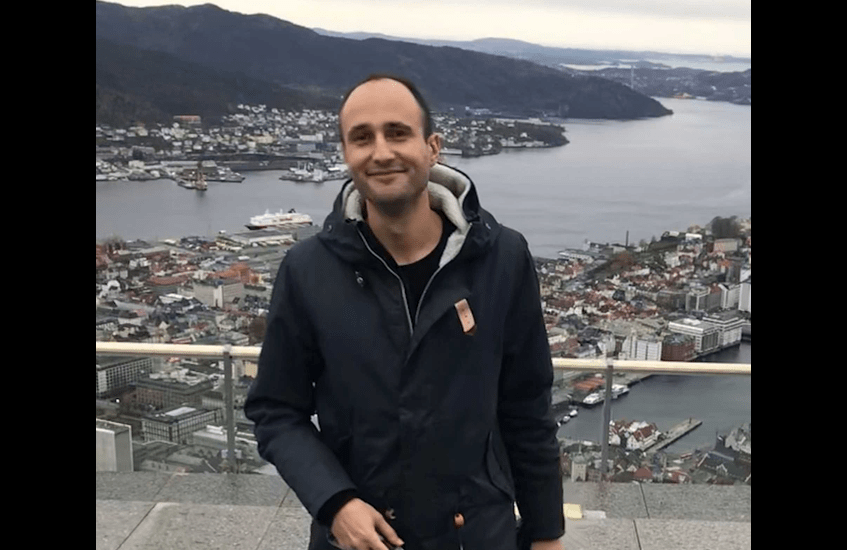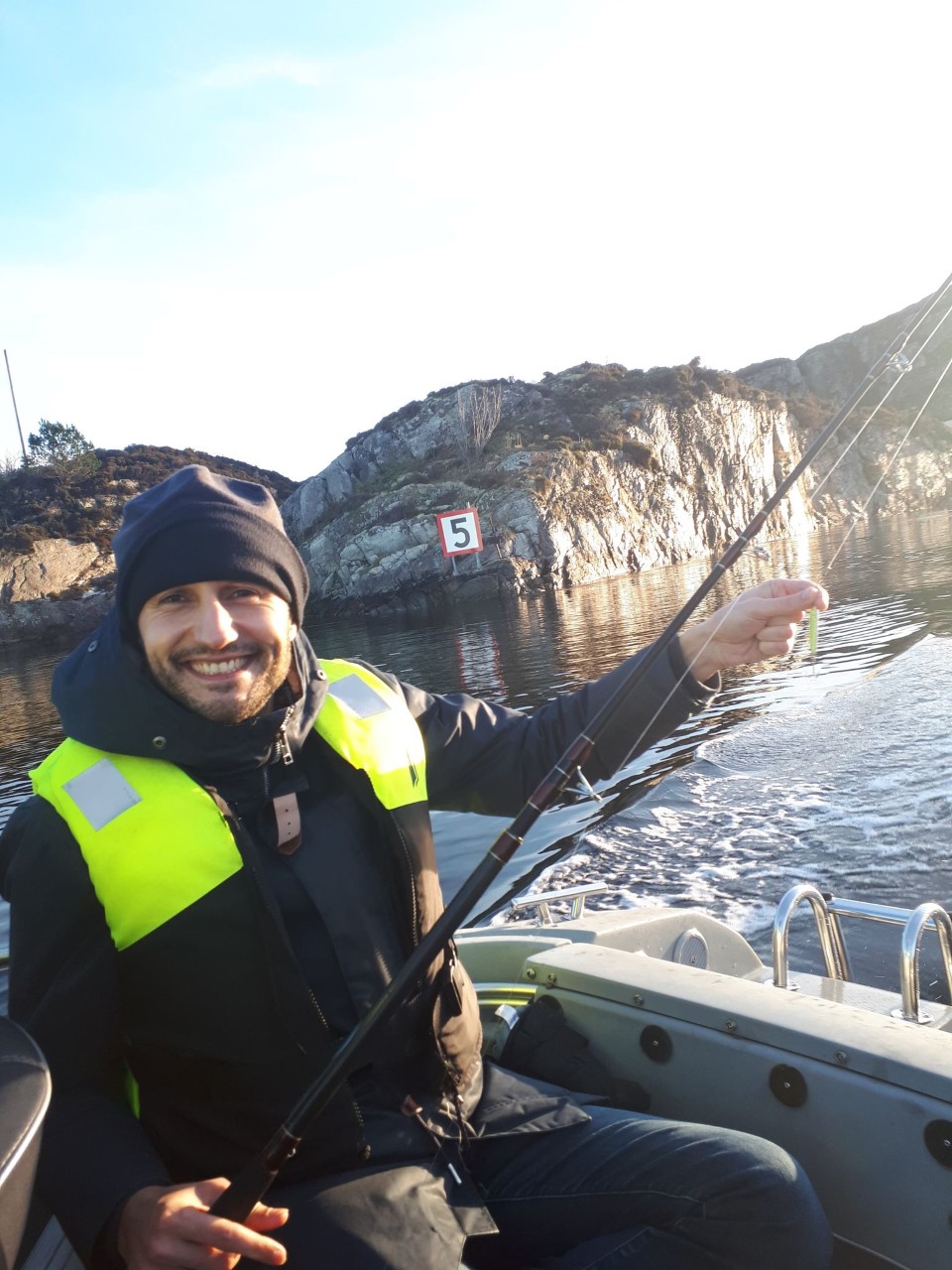This Fall, postdoc Pavle Arsenovic from Empa, Switzerland, is visiting the Birkeland Centre for Space Science, joining the project by Ville Maliniemi entitled “Effects of Energetic Electron Precipitation In a Changing Climate”. In short, this is a project studying how different states of the middle atmosphere respond to energetic electron precipitation (EEP). Arsenovic will perform modeling of the climate interaction with energetic electrons, to explore how the future climate will develop with regards to the solar activity.
Research
When asked about his research, Pavle Arsenovic explains: “My core research deals with impact of solar activity and solar wind particles on terrestrial chemistry and climate. Solar activity varies in different cycles, and periods of reduced solar activity for longer periods of time (30-90 years) are called Grand Solar Minima. It is possible that Sun will undergo Grand Solar Minimum in the near future. Therefore, using a chemistry-climate model, we’ve simulated the climate of the future (until 2200) and found that the possible Grand Solar Minimum solar activity will only minorly (15%) reduce temperature increase due to the greenhouse gases. However in the case of the Grand Solar Minimum, we expect thinning of the ozone layer, letting more UV radiation to reach the surface (Arsenovic et al., 2018). This could impact life on Earth. Solar energetic electrons originate from solar wind and they precipitate in the high atmosphere (above 60 km), and they ionize air molecules, leading to changes in chemistry. In the thermosphere (above 80 km), the electrons lead to the polar lights in the high latitudes on both hemispheres. We found that these electrons also change the atmospheric chemistry, which lead to further changes in temperature and wind in the atmosphere. The changes in temperature are also felt on the surface (Arsenovic et al., 2016, Arsenovic et al., 2019). This is a fairly new field and we are very excited to be among the pioneers. Recently, I’ve extended my expertise to estimating biospheric fluxes of CO2 using data assimilation methods. This is very well connected with climate change problem and also teaches me different approaches and methods. Also, I’ve recently started doing field measurements, which I particularly enjoy”.
Working with the BCSS team
Pavle Arsenovic really appreciates the opportunity to work closely with the BCSS team, being a long-time friend with Ville: “I have known Ville for many years, and besides us being good friends, it is always a pleasure to work with him. I have also had very interesting discussions with Hilde and the other members of her group”. He goes on to highlight the reputation of this BCSS group Particle Precipitation: “Hilde Nesse Tyssøy’s group is very well known for their energetic particle precipitation–Earth coupling research”.
Arsenovic agrees that the current Covid-19 restrictions have made things slightly more challenging, but states: “Our work here is going as planned. The group managed to meet a couple of times before the suggested home-office. Times are difficult everywhere and it is great to change the scenery from time to time”.
Exploring Bergen
Since arriving in Bergen at the end of September, Arsenovic has also found time to explore Bergen, and he really appreciates the scenery: “The surrounding nature is particularly beautiful! I have also found time to listen to the performance of Grieg’s compositions”.

Enjoying the view of Bergen from Fløien.
Recently Pavle Arsenovic and his BCSS-colleagues found time to go fishing, and according to reliable rumours (i.e. Team Leader Hilde Nesse Tyssøy) Pavle was able to catch a fish on his very first try!

Pavle Arsenovic – a true fisherman in action!




